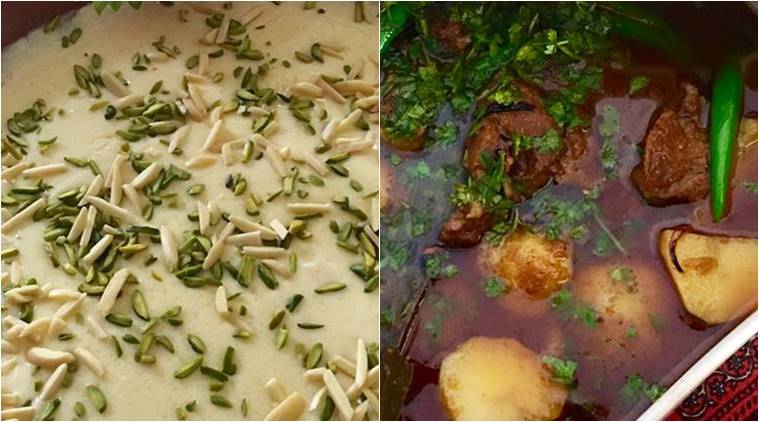
Even as a teenager, I was very interested in cooking, when no one else in my family was. My mother hated cooking & would rather eat chutney-roti than having to cook! But my father was fond of eating. When he saw that one of his daughters was so inclined, he immediately presented me with an Urdu book called Ismati Dastarkhwan, I must have been 14 or 15 then. I started actually cooking slightly later, but I loved reading it first, and also collecting other recipe books — I probably have 30 to 40 recipe books from across the world. Another cookbook close to my heart is one compiled by my cousins, Hina Abbas & Rumi Safawi, a collection of family recipes called Dastarkhwan-e-Shamsabad.

Compiled by Amina Nazli, Ismati Dastarkhwan showcased recipes collected from the women of Awadh, whose husbands were highly placed officials like district collectors or in the army or royal households. It is now out of print. But I have my copy and it’s served me well over time. A standout recipe from the book would have to be dahi ke kebab which is made with the masalas that you’d otherwise use for shami kebab. You beat hung curd with a little bit of sugar, add kishmish, and then you stuff that inside the shami kebab. Then you fry immediately and serve it. The meat should be thick, the paste of the shami kebab should not be very runny.
In Awadhi cuisine, you have to do a lot of what we called bhoonna, because the flavours for this cuisine are very delicate. You can’t put a lot of garam masala. In fact, in our part of the world we call garam masala ‘khushboo’ or fragrance, because that’s how little it must be used in cooking — not for the taste of it. The actual taste comes from roasting the ingredients and intermittently sprinkling oil and sometimes water. I’m drawn so much to Awadhi cuisine simply because I’ve grown up here. My comfort food, therefore, is aloo ka salan, arhar dal, baingan or aloo bhurta, dahi phulki, yakhni pulao etc.

Within Awadhi, I would say Jaunpur region has had a slightly deeper influence on my cooking, since my mother is from Jaunpur. Though she never liked cooking, my aunts were fond of it. So I took a lot of recipes from my maternal grandmother and my aunts. For this particular style, one tends to use a lot of badam, kaju and khush khush for example, which lends a more robust flavour to Jaunpur dishes.
Original article: Click here
26 September 2017

24 September 2017